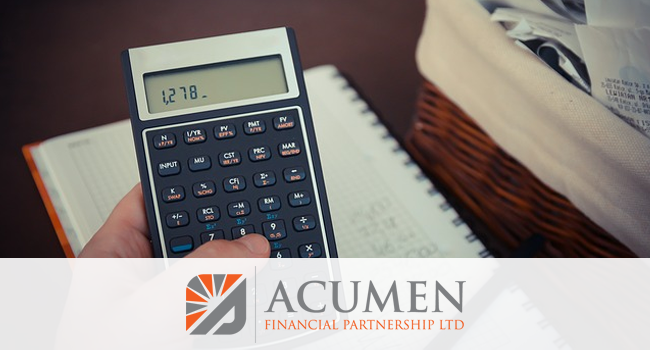These new rules come into effect on 6 April 2016 and are already causing confusion so we’ve prepared a quick guide to explain what is happening.
First the good news
The first £5,000 of dividend income in each tax year will be tax-free.
Above that dividends will be taxed as follows:-
7.5 % for basic-rate taxpayers
32.5 % for higher-rate taxpayers and
38.1 % for additional-rate taxpayers
And then to make life a bit more complicated, no tax will be deducted at source so taxpayers must use self-assessment to pay any tax due.
So what’s changed?
Basic-rate taxpayers currently pay no tax on dividend income. Higher-rate taxpayers pay an effective rate of 25% and additional-rate taxpayers 30.56%.
So all taxpayers pay less on dividends than on earned income as dividends are paid out of company profits as Corporation Tax has already been paid.
Is it bad news for everyone?
No it isn’t but basic-rate taxpayers who receive more than £5,000 in dividends will pay more tax whilst others will benefit, eg. Higher rate taxpayers with £5,000 or less in dividend income. They currently pay 25% on the whole amount (£1,250 tax) but from April next year they will have no tax to pay.
What about the tax-free personal allowance?
It applies to dividends too.
eg. Arthur has £16,000 in dividend income, the first £11,000 will be covered by his personal allowance and the other £5,000 by the new dividend allowance. Result? No tax.
Will this affect my ISAs?
Some investors think they will be better off because ISAs will receive more dividend income under the new rules. This is not correct. The old dividend tax credit will be abolished after next year but it was “notional” so could not be reclaimed – even by an ISA. Both notional grossing up and netting down will be abolished next April but shareholders will simply continue to receive 90p so investments in ISAs will not change.
What about my pensions?
Pensions have also been unable to reclaim the tax credit. Pensions don’t qualify for the £5000 allowance and whilst dividends received by the pension won’t be taxed they will be taxable as income when withdrawn.
What can I do?
You can transfer shareholdings into ISAs (subject to your having available ISA allowances) however, a portfolio that produces £5,000 in dividends is likely to be worth almost £140,000 and even very high-yielding shares would need to be worth about £75,000 to generate £5,000 a year so as the annual ISA allowance is £15,240, it would take at least 5 years to transfer all those shares to ISAs – a married couple will have two allowances between them.
Shares can’t simply be moved straight into an ISA – they must be sold and the cash paid to an ISA before the shares can be bought back. It sounds complicated and it could go wrong so it’s advisable to get professional advice on this.
Selling shares when markets have fallen can allow you to move more shares into the tax sheltered ISA and the shares can then recover their value in a tax shelter. Again, judging the right time to do this is something we can advise on.
If dividend income is less than £5,000, start to switch to ISAs now to protect rising income in the future. Investment bonds can allow you to defer tax on income – especially useful for higher rate tax payers. We can get you the help you need with those tax forms if you find that you have to fill in a tax return for the first time in years.
Related Articles
-
Advice
 December 14, 2012
December 14, 2012Good news for investors!
News from the US that the Federal Reserve has linked interest rates to the unemployment rate is unpr.... -
Advice
 February 27, 2013
February 27, 2013Changes to the UK State Pension system
There has been a lot of newspaper inches devoted to the new state pension announced by the Coalition.... -
Advice
 August 20, 2014
August 20, 2014Is a pension the only way to save for retirement?
Acumen is regularly asked for advice about the best way to plan for retirement and whether pensions ....

